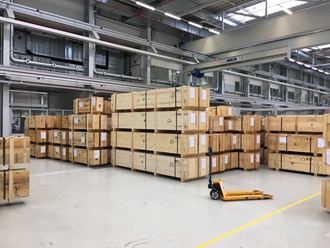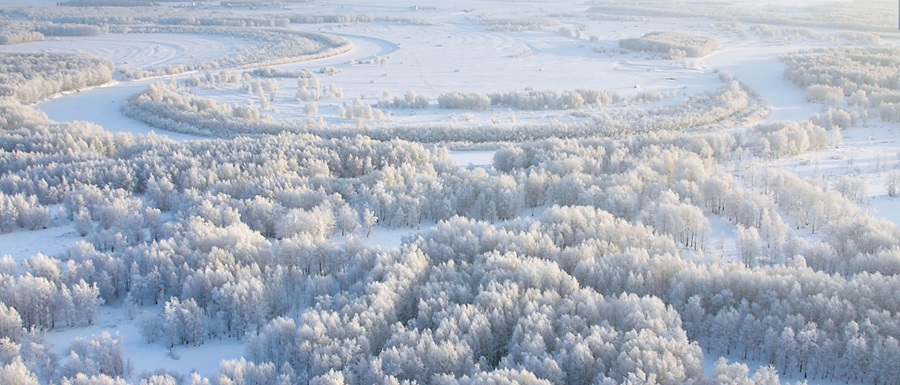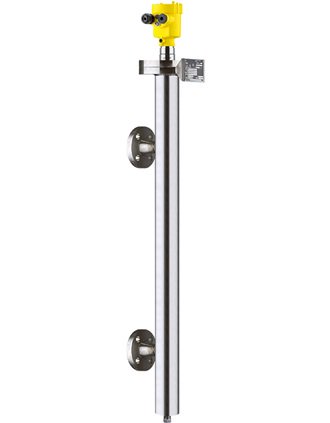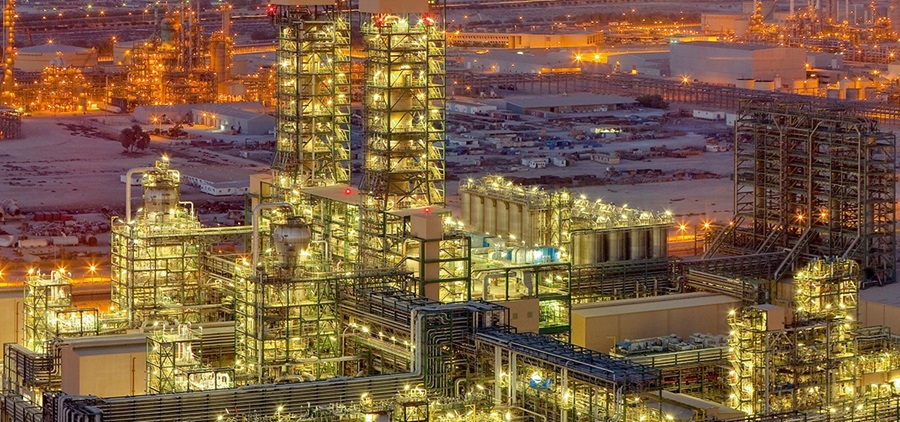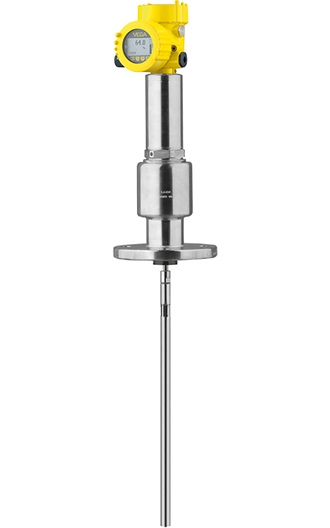Guided wave radar sensors measure levels in petrochemical plants under extreme climatic conditions
The thing, that came out of the cold
Facilities for the production of olefins such as ethylene, known as steam crackers, are among the most complex things that can be planned and realized in large-scale petrochemical plants today. They produce the raw materials for around 30 % of all petrochemicals. If such facilities are built in the Siberian permafrost, the extreme environmental conditions make the interplay of expertise, quality and experience all the more necessary. Starting next year, 350 individually manufactured VEGAFLEX 81 and 86 guided wave radar sensors will measure levels and process pressures in one of the world’s largest ethylene plants, in Western Siberia.
The challenge of process complexity
Ready-made for final inspection
The processes in ethylene plants require reliable monitoring of the liquid phases at all times. VEGAFLEX 81 sensors continuously and reliably monitor the separation of process substances into product and carrier phases. In order to minimize costs and effort for freight, installation and commissioning, all bypass versions for the Siberia project have already been pre-assembled and pre-set. To pass their final inspection, all system components must fit exactly to each other.
Robust without mechanical components
Guided wave radar sensors are robust and ideally suited for the measuring tasks commonly found in petrochemical plants. Here they measure the olefin levels with high reliability during the cryogenic process steps, even if confronted with fluctuating product density. A second process seal inside the VEGAFLEX sensors, known as “Second Line of Defense”, provides additional process and personnel protection. The guided wave radar units were also well received due to their low maintenance requirements. Since they operate without mechanical moving parts, plant downtimes are reduced to practically zero.
The challenge of process temperatures
VEGAFLEX 86, with its od and cable probes, enables reliable and maintenance-free measurement, independent of media properties.
At the heart of an ethylene plant are huge cracking furnaces where hydrocarbons, such as petrol components and gases, are thermally cracked – broken down into simpler molecules – in externally heated pipes at high temperatures. In the upper part of the cracking furnace, steam is generated and the material to be cracked is preheated, with flue gas at temperatures of up to +1,300° C.
The actual cracking process takes place in the combustion chamber of the lower furnace section. Here there are long tubes made of a special alloy in which the feed mixture is heated to around +850° C by means of large, gas-fi red burners and thermally cracked. Following this stage, to stabilize the product mixture, the temperature is cooled extremely rapidly from about +850° C to about +400° C.
Environmental challenges
During the production of the 350 VEGAFLEX sensors, VEGA had to keep a close eye on the extreme challenges of the project. The level detection supplied must function reliably even at extreme process pressures and high fluctuating product temperatures, as well as ambient temperatures below -50° C. Along with the special designs, process optimised, ready-to-install solutions are also an important factor for success. Obviously, any project supply to site requires meticulous timing for delivery. In this case, however, it was not so much the customer who needed this speed, but rather the special climatic conditions in that part of world: On average, the site on which the complex plant is being built can be accessed with heavy, oversized transport ships only 45 days a year – this is the only time the Tura and Tobol rivers are free of ice.
Products
Industries

Refining and petrochemical
Export this article
Download as PDFShare this article
Comments ({{comments.length}})
{{getCommentAuthor(comment, "Anonymous")}} {{comment.timestamp | date : "dd.MM.yyyy HH:mm" }}
{{comment.comment}}

